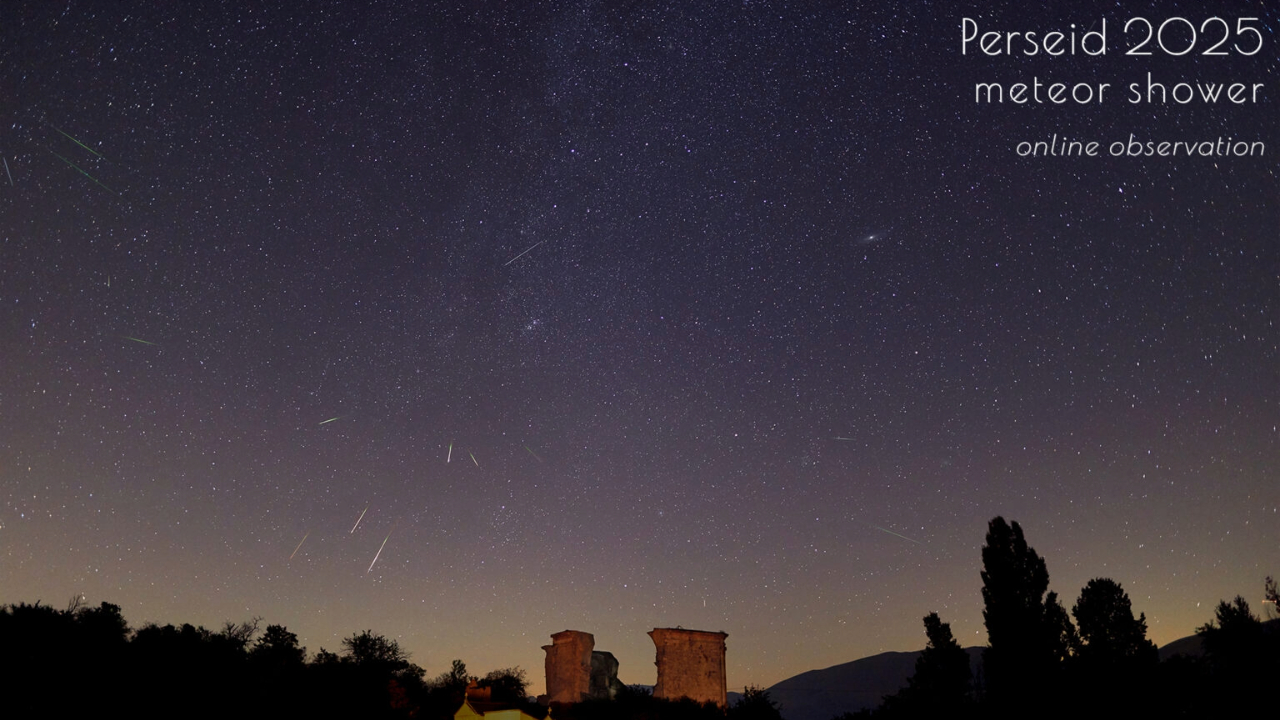It’s finally time to watch one of the best meteor showers of the year: the brilliant display known as the Perseids.
The Perseid meteor shower, which is known for producing dozens of bright meteors that leave long streaks in their wake, is set to peak at 4 p.m. ET Tuesday.
In previous years, it produced around 40 to 50 visible meteors per hour, but sky-gazers likely won’t see as many this year, said Bill Cooke, the lead for NASA’s Meteoroid Environments Office. This is due to the fact that the Perseid shower is occurring shortly after August’s full moon.
The moon will be in a waning gibbous phase and at around 85% illumination, which means the light from the moon will make meteor-spotting more difficult. According to experts, you may see around 10 to 20 meteors per hour.
While the peak of the Perseids will happen well before sunset in the US, there are two windows of time between Tuesday night and Wednesday morning during which stargazers should aim to be outside for the best chance of glimpsing a meteor.
“Between dusk and moonrise on the evening of August 12, there’s going to be a one-hour gap before the moon rises,” when you can look for Perseid activity, said Robert Lunsford, fireball report coordinator for the American Meteor Society.
These meteors shoot out in all directions from the constellation Perseus, which is located in the northern sky. Lunsford noted, however, that, due to Perseus appearing low on the horizon at this time, much of the meteor activity will be blocked from view.
“Any meteors you do see at that time are going to be called Earth grazers because they can just graze the upper atmosphere,” he said. While most Perseid meteors are visible for mere milliseconds, the few earth grazers you might spot “will be very long and will last two or three seconds,” he added.
The last couple of hours before daybreak on Wednesday is the other window during which Lunsford recommends trying to see the shower. “There’ll be a bright moon up in the southern sky, but if you turn your gaze northward and look kind of toward the constellation Perseus, you can still see the brighter meteors.”
The peak of the Perseids is occurring just after the conjunction of Venus and Jupiter, and the two planets will still be close together and shining brightly. The best views will be in the eastern sky before sunrise.
“These are the two brightest planets,” Lunsford said. “This (conjunction) happens about once a year, but it’s still spectacular when you get the two brightest planets really close to each other.”
Saturn will also be joining the night’s celestial display in the late evening hours on Tuesday. It will appear near the moon and will rise before midnight, according to EarthSky.
Here are the peak dates of other meteor showers anticipated in 2025, according to the American Meteor Society and EarthSky.
-
Draconids: October 8-9
-
Orionids: October 22-23
-
Southern Taurids: November 3-4
-
Northern Taurids: November 8-9
-
Leonids: November 16-17
-
Geminids: December 13-14
-
Ursids: December 21-22
Look out for four more full moons this year, with supermoons occurring in October, November and December. Their dates are:
-
September 7
-
October 6
-
November 5
-
December 4
Lunar and solar eclipses in 2025
Two eclipse events will take place as summer draws to a close.
A total lunar eclipse will be visible in Europe, Asia, Australia, Africa, parts of eastern South America, Alaska and Antarctica on September 7 and 8, according to Time and Date.
A lunar eclipse occurs when the moon passes directly into Earth’s shadow as the sun, Earth and the moon line up. This causes the moon to appear darker or dimmed.
When the moon sits in the darkest part of Earth’s shadow, the sun’s rays peek out from behind Earth and the light refracts, giving the moon a reddish hue, according to London’s Natural History Museum. Some people call the result a “blood moon.”
Two weeks later, on September 21, a partial solar eclipse will be visible in parts of Australia, the Atlantic, the Pacific and Antarctica.
Solar eclipses occur when the moon moves between the sun and Earth. In the case of a partial solar eclipse, the moon does not fully block out the sun. It creates a crescent — as if the moon took a bite out of the sun.
Sign up for CNN’s Wonder Theory science newsletter. Explore the universe with news on fascinating discoveries, scientific advancements and more.


